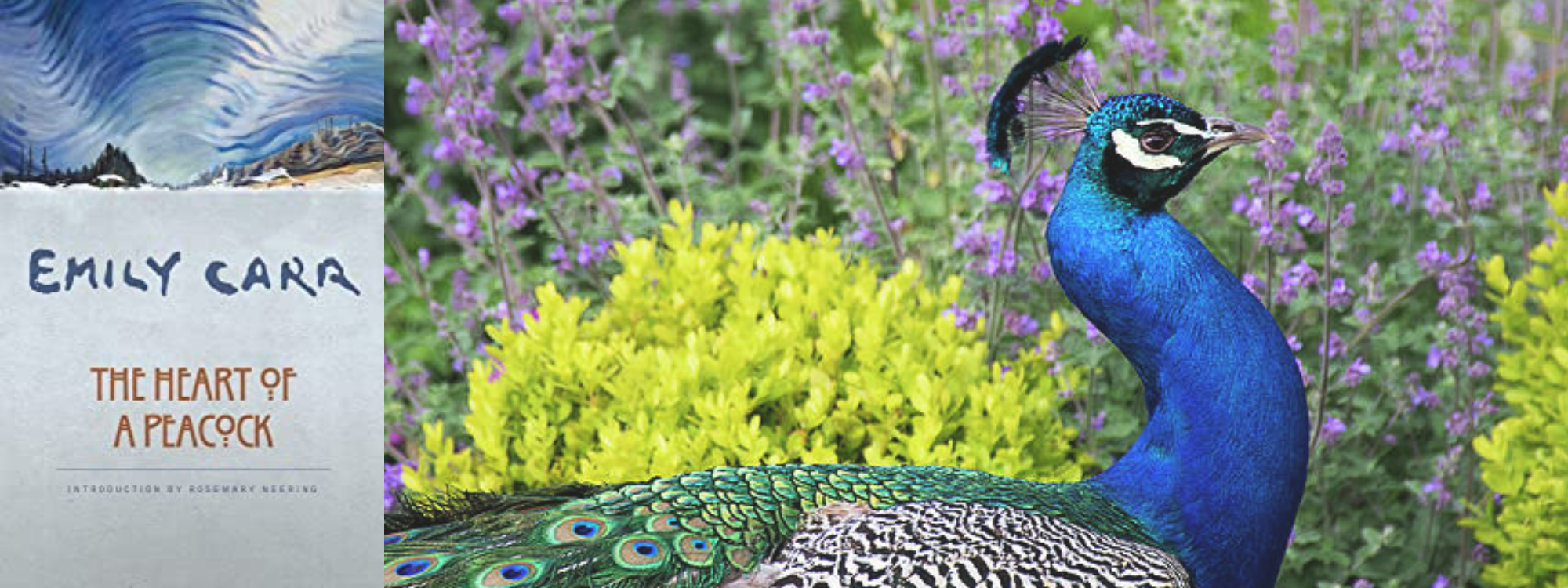When in delicious remembering my mind runs back to Sitka, what does it see? Not the little old town with a long wharf approach straddling over mudflats, its final planks meeting the dirt roadway of Sitka’s main street; not the quaint Russian church which is one of Sitka’s tourist attractions; not Totem-Pole Walk winding through trees beside a stream named Indian River, named for the pleasing of tourists but really the farthest possible distance from the village of Indian shanties—a walk ornamented at advantageous spots with out-of-setting totem poles, transplanted from their rightful place in front of an Indian chief’s house in his home village, poles now loaded with commercial paint to make curiosity for see-it-all tourists, termed by them “grotesque”, “monstrous”, “heathenish”!
Nor do I remember the army barracks—Sitka is a United States military outpost. But I do see the barracks flagpole, tall, with a shiny gold ball on its top, and over that ball always, always three or four of Sitka’s great black ravens—circling, hovering, trying again and again, each in turn, to maintain a foothold on the slithery gilt ball. Generation after generation of ravens has tried; it is a tribal game, old as the flagpole. No resident of Sitka has ever yet seen one raven succeed. All Sitka’s ravens try. It may be the glitter of the gilt which attracts them or it may be just raven fun—no one knows. They balk and hinder each other, clumsily jocular about it.
To the left of Sitka’s long wharf, a little way from “White Sitka”, lies the Indian village: a straggle along sea-beach of low unpainted shanties; a few weather-worn unpainted totem poles left in their true setting because they were not considered worthy of tourist attention; on the Indians’ beach a muddle of canoes, fish-nets, and sea-salvage—and stalking among it, flying over it with guttural croaks and hoarse cries, ravens—Sitka’s ravens! Black and shiny as well-kept parlour stoves, their curious half-swallowed, guttural croakings mixing with sound of wave-splash.
Sitka would not be Sitka without ravens—noisy, weighty, powerful, swooping, uttering sepulchral wisdoms, winging, wheeling blackly into the deep woods behind the village, male and female calling over and over his or her own cry—the male and female note differing.
“Ping!” says one—the strident ping of a twanged guitar string. “Qua!” replies the mate—a flat throaty call.
“Ping—Qua! Ping—Qua!” call the ravens of Sitka. Indians have fabulous tales of Raven; he figures conspicuously on their totem poles.
I asked an Indian, “Could you get me a baby raven from a nest? I would like to take one home.”
Grinning, the man shook his head. “Raven lady heap smart. Nobody can’t find her nest. Injun tell, s’pose anybody find raven nest that somebody got good luck always, always!”
So I had to be content to carry home with me only raven memories, dear memories of the tricky, persistent, croaking ravens of Sitka.
Tourists came back from their twenty-minute stopover at Sitka and lectured on Indian totem poles and Indian unculture, having seen a few old Indian squaws who spread shawls on the end planks of the wharf and sold curios—baskets, panther-claws, bear-teeth, whalebone in the raw, shells that were used in old times as Indian money. There were quaint little rattles too, made of deer-hooves, and carved grease dishes made to hold oolichan oil. The tourist turned over, bartered, carried off the cheapest and poorest articles, exhibited them as specimens of Indian craftsmanship. He hurried to the Russian Church, to the Totem-Pole Walk. Never did he go near the real Indian village. His steamer tooted.
He ran down the wharf, returned home—dared lecture on Indians. He had never seen the muddled inside of an Indian house, the motherly cuddle of an Indian woman with a papoose under her shawl, had never smelt salmon steaks smoking over an Indian fire; nor had his eyes smoke-smarted in an Indian hut. Never had he seen an Indian woman’s hands fashioning a basket, nor an Indian’s acceptance of weather and discomfort, nor an Indian’s cool courage in his dug-out canoe among gigantic waves.
Nine-tenths of the tourists probably thought Sitka’s ravens only a band of glorified crows. These people went back and lectured glibly.
To sense Sitka is to see her composed of a three-strand weave—Indians, peace, ravens. Perhaps the most insistently vital, the most unchanging of the three are the ravens. Soldiers and tourists broke Sitka’s peace. Civilization cheapened her Indian. But generation after generation, her ravens will mate, create, go on, on into time . . .
“Ping—Qua! Ping—Qua!”




0 comments